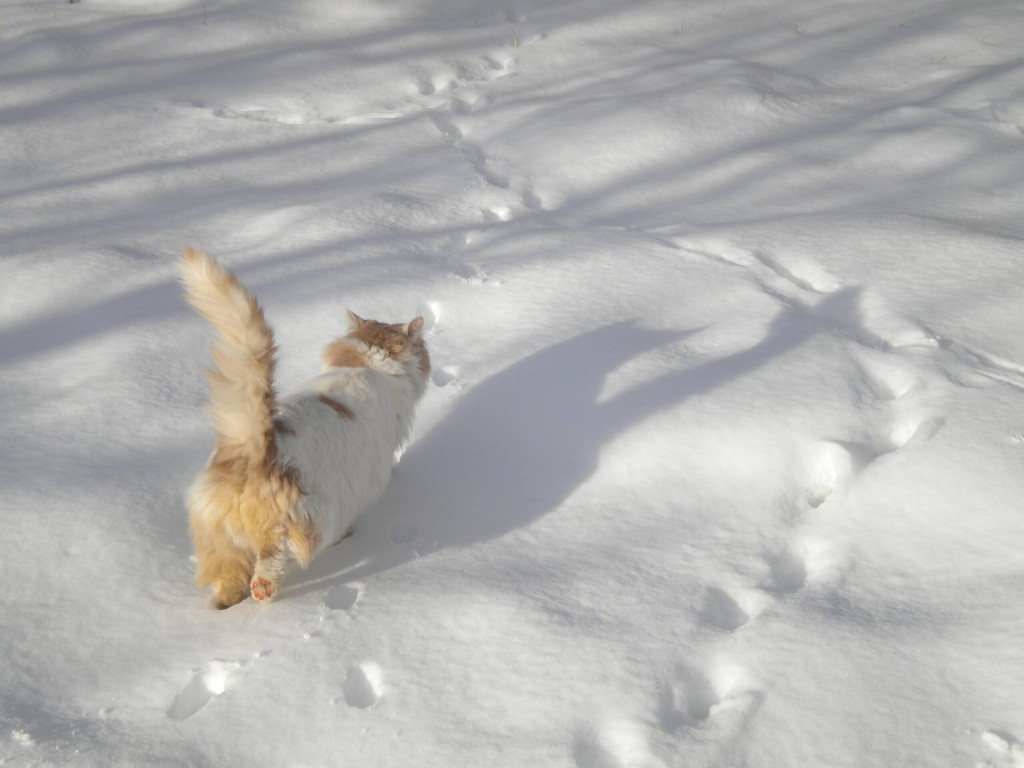Freezing temperatures can pose many threats to your pets, including frostbite. With a little knowledge and preparation you can protect your pets from the dangers of the cold.
When does frostbite occur?
Frostbite can occur when pets are exposed to freezing or even subfreezing temperatures, particularly when it’s windy or humid outside.
What causes frostbite?
In addition to supplying oxygen to tissue, blood provides heat. When the body becomes very cold, blood vessels will constrict in order to conserve heat. This however, can pose a risk to tissue with fewer blood vessels. This tissue, if cold enough, may freeze, resulting in frostbite.
What areas are most at risk for frostbite?
Frostbite most commonly affects an animal’s paws, tail and ears.
What are frostbite symptoms?
Initial signs of frostbite include:
• Tissue that appears pale, gray or blue in color
• Skin that is cold and hard to the touch
As the area thaws you may notice:
• Red, puffy skin
• Pain in the affected area when touched
After several days, if severe frostbite has occurred, you may notice:
• Tissue that appears black in color
What should I do if I think my pet has frostbite?
• Apply warm (NOT hot) water to the frostbitten area for at least twenty minutes. Use
warm compresses or soak the affected area. For example, put the animal’s foot in a bowl
of warm water. Do NOT use direct dry heat such as hair dryers, heating pads, or electric
blankets, as this may cause burns.
• After you have warmed the area, dry it gently and thoroughly.
• Do not rub or massage the affected area, as this may cause permanent damage.
• Call your veterinarian immediately.
How can I protect my pets from frostbite?
• Provide your pet with warm, dry shelter.
• Rule of thumb: If it’s too cold outside for you then it’s too cold for your pet
• The risk of frostbite increases when an animal is wet. Make sure your pet is dry before
going outside into the cold.
Enjoy winter and keep your pet safe during cold weather with these tips!


